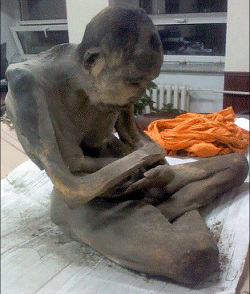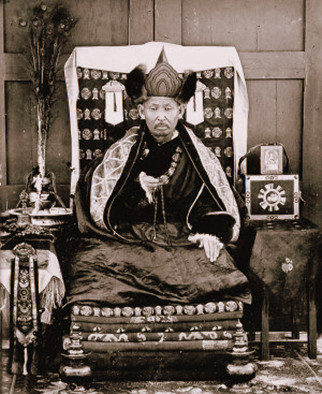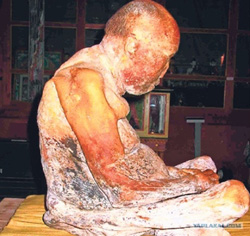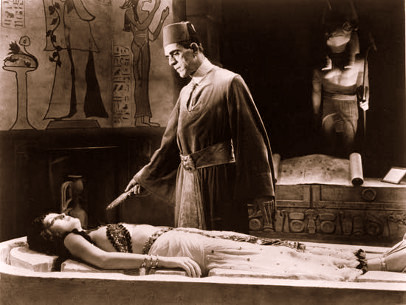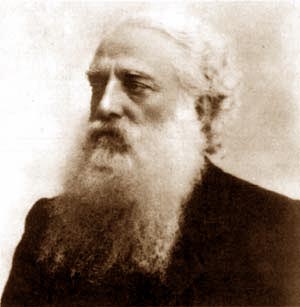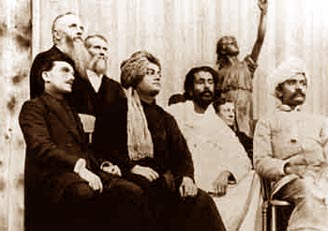Insulting Buddhism
Several months ago I gave brief mention of a situation in Burma (Myanmar) where a bar manager from New Zealand and two Burmese nationals were facing four years in prison for “insulting Buddhism” with a promotional ad they posted on the bar’s Facebook page showing the Buddha wearing headphones. (See the offending image here.)
Last week, a Burmese court sentenced bar manager Phil Blackwood, the bar’s Burmese owner Tun Thurein, and another manager Htut Ko Ko Lwina to 2½ years in prison with hard labor. When you consider all the stuff that gets posted on Facebook, an image of the Buddha wearing headphones seems pretty tame, and the sentence extreme. Indeed, putting those guys on trial in the first place strikes me as a travesty.
The case is part of a larger controversy over religious images that came to a dreadful head when Charlie Hebdo, a satirical newspaper in France, was attacked by terrorists because of caricatures of the Prophet Muhammad it published. I will not rehash the issues surrounding the controversy in this post, except to remind readers that teachings based upon the Quran forbid the creation of visual images of Muhammad and even moderate Muslims find depictions of the Prophet offensive.
That is relevant because at one time, there was a ban on images of Buddha. The Buddha supposedly asked his followers not to collect or venerate his relics and not depict his image. His followers almost completely ignored his instructions regarding his relics, but for nearly 600 years, the only images used to represent the Buddha were a footprint, an empty seat, the Wheel of Dharma, or a Bodhi leaf.

In the first century, the first images of the Buddha started to appear, and they typically showed Gautama standing or seated in a lotus position, and holding a begging bowl or making the gesture (mudra) of fearlessness. One of the areas where these representations began to emerge was Gandhara, and sculpture from that period displays a definite Greek influence.
Since then folks have been going crazy making Buddha images, and today it is a very big business.
If Buddha were around now, I think he would be inclined to take stuff like a Buddha with headphones in stride, perhaps even find it amusing. I feel sure he would be outraged at the idea of imprisoning anyone for making such an image. I also think he would have concerns about the commercialization of his image, and he would certainly be uncomfortable with the idea of worshiping his image. Of course, this is just conjecture on my part. What the historical Gautama thought, felt, actually taught, and what his life truly was, we shall never know, because his time is so remote and his life story buried in myth, and as far as how he would think and act as a modern person, that is impossible to know.
Nonetheless, I doubt he ever held himself out as anything other than a common, mortal human being. We say he was an extraordinary human being; he would simply say that he was “awake.” And while many Buddhist will deny that Buddha is worshiped, all objective observers know that worship of Buddha is a reality in some forms of Buddhism, especially among rank and file devotees. Rather early on, the myth-making process that has shrouded his true story, elevated the Buddha from a mortal man to a being who was supermundane, “perfect,” and the line between human and god became extremely thin.
The Kathavathu, one of the seven books of the Pali Canon’s Abdidhamma, compiled during the reign of King Ashoka, and evidently produced in order to correct “various errors which had developed with regard to the Buddha,” discusses various views of the Buddhist schools existing at the time that promoted supernatural notions about the Buddha. Prof. Trevor Ling, in his book The Buddha, writes,
Among the points dealt with in the Kathavathu was the idea that the Buddha had not really lived in the world of men, but in the ‘heaven of bliss’, appearing to men on earth in a specially created, temporary form to preach the Dhamma. Together with this virtual deification of the Buddha there went also a tendency to deny him normal human characteristics, and on the other hand to attribute to him unlimited magical power.”*
This elevation and immortalization of Buddha was carried over into the Mahayana canon, but today, I think many people tend to have an earthly, prosaic view that is much more realistic and proper. Ultimately, as Thich Nhat Hanh says,
Concepts like ‘nirvana,’ ‘Buddha,’ ‘Pure Land,’ ‘Kingdom of God,’ and ‘Jesus,’ are just concepts; we have to be very careful. We should not start a war and destroy people for our concepts.” **
Now, if the government of Burma is so concerned about people insulting Buddhism then they would do something about those Buddhist extremists in their country who go around preaching hate and inciting violence against the Muslim minority there. Wouldn’t they?
– – – – – – – – – –
* Trevor Ling, The Buddha, Charles Scribner’s Sons, New York, 170
** Thich Nhat Hanh, Going Home: Jesus and Buddha as Brothers, Penguin, 2000, 82
